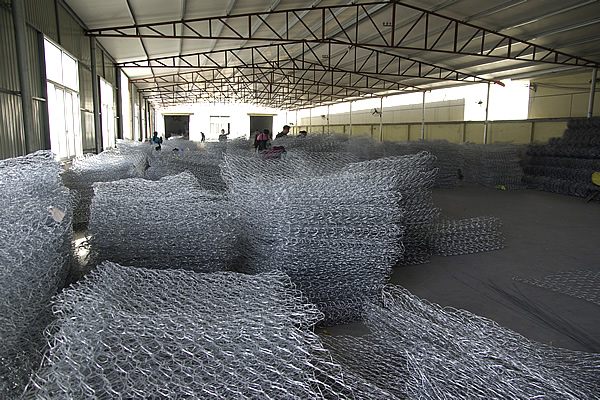 TEL:
+86-13102802206
TEL:
+86-13102802206
 Email:
fencenetting@china.com
Email:
fencenetting@china.com
 Language
Language
 TEL:
+86-13102802206
TEL:
+86-13102802206
 Email:
fencenetting@china.com
Email:
fencenetting@china.com
 Language
Language


The Cost of Spool Barbed Wire Factors and Implications
Barbed wire has long been recognized as an essential component in fencing and security, serving a variety of purposes from protecting agricultural land to ensuring safety in residential and commercial settings. As one of the most cost-effective fencing materials, the price of barbed wire is often a topic of interest for contractors, farmers, and DIY enthusiasts. Among the different types of barbed wire available, spool barbed wire is particularly popular due to its convenience and ease of installation. This article seeks to explore the pricing of spool barbed wire, the factors influencing its cost, and the implications of these costs for consumers.
Understanding Spool Barbed Wire
Spool barbed wire is typically sold in rolls or spools, allowing users to purchase the specific length they require for their project. Unlike traditional fencing materials, with spool barbed wire, users can quickly cover large areas, making it ideal for farms, ranches, and larger properties. The wire itself is usually made of galvanized steel, which resists rust and corrosion, thereby extending its lifespan. Various thicknesses and barbs per foot can also affect the pricing of spool barbed wire.
Factors Influencing Price
1. Material Quality The primary determinant of spool barbed wire pricing is the quality of the materials used. High-quality galvanized steel tends to be more expensive than lower-quality alternatives because it offers better durability and resistance to environmental factors. As demand for superior durability increases, so does the price.
2. Length and Thickness The amount of barbed wire on a spool significantly affects its price. Longer spools will naturally cost more, but thickness also plays a crucial role. Thicker wires, which provide more strength and security, are generally more expensive.
3. Manufacturing Methods The production process can influence the cost as well. Wire produced using advanced manufacturing techniques often offers higher quality but may carry a premium price tag. Additionally, techniques that improve the wire's resistance can also add to costs.

4. Market Demand Prices are subject to fluctuations based on seasonal demand and economic conditions. For instance, farmers often purchase barbed wire during spring for fencing newly cultivated fields, which can drive prices up due to increased demand.
5. Shipping and Location Transportation and availability often impact the cost. Buyers located in remote areas may see higher prices due to shipping fees. Furthermore, local economic conditions, tariffs, and regulations can all influence the final price tag.
Implications for Consumers
Understanding the pricing of spool barbed wire is crucial for consumers looking to make an informed purchasing decision. While it may be tempting to choose the lowest-priced option, consumers should also consider the long-term implications of their purchase. Cheaper wire may save money upfront but could lead to higher replacement and maintenance costs over time. Thus, investing in higher-quality spool barbed wire could prove to be more economical in the long run.
Moreover, individuals involved in large-scale agricultural or construction projects must account for bulk purchasing options. Many suppliers offer discounts for bulk purchases, enabling businesses to reduce costs without compromising quality.
Conclusion
The price of spool barbed wire is influenced by multiple factors, including material quality, length, manufacturing methods, market demand, and shipping costs. As fencing needs continue to grow across various sectors, understanding these influences can help consumers make better purchasing decisions. Investing in high-quality spool barbed wire can not only enhance security and durability but can also lead to significant long-term savings.